Home>Garden Essentials>Garden Plants>How To Use Fresh Thyme
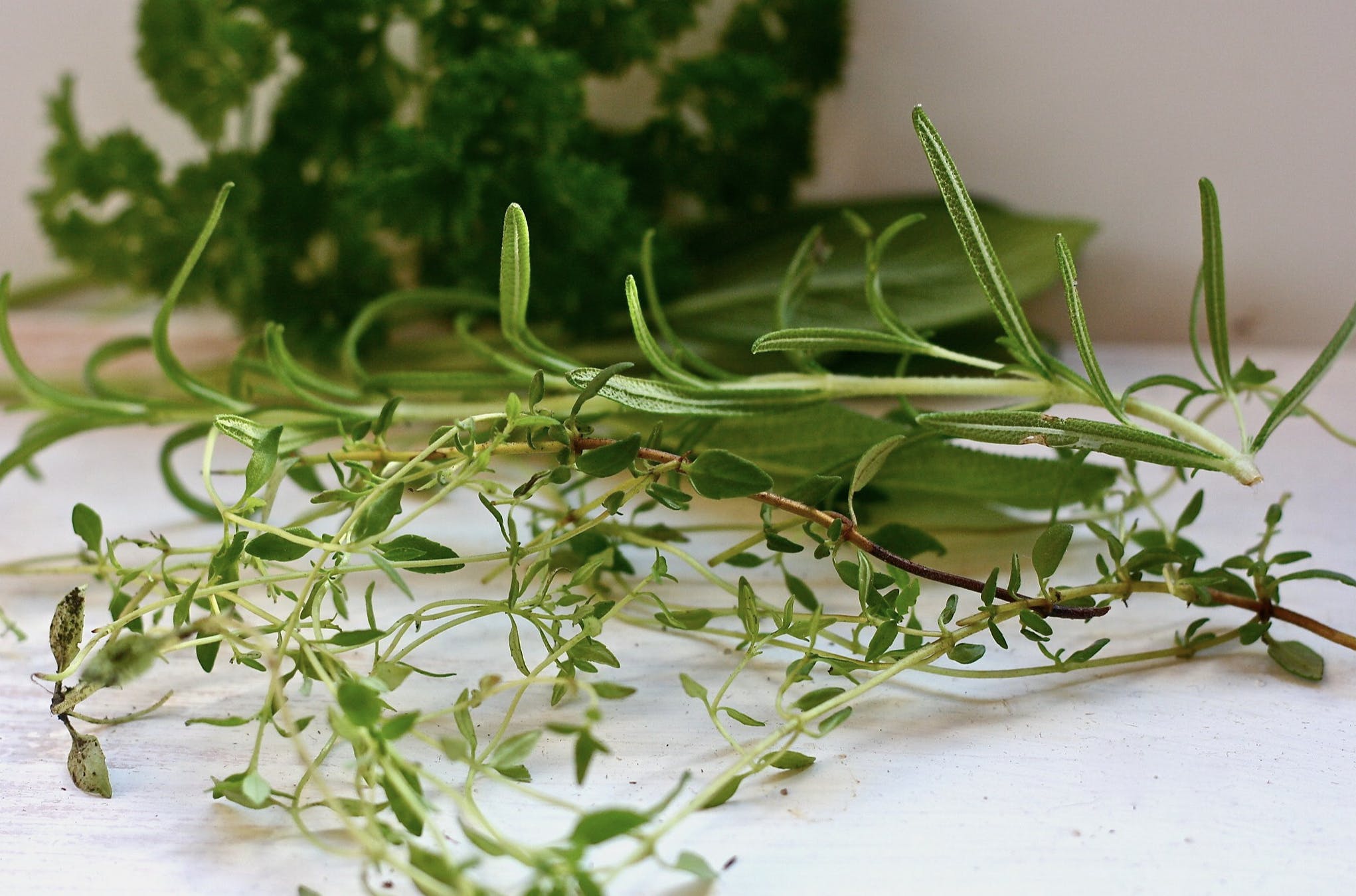

Garden Plants
How To Use Fresh Thyme
Modified: February 24, 2024
Learn how to effectively use fresh thyme plants in your cooking with our comprehensive guide. Discover tips, recipes, and techniques to enhance your culinary creations.
(Many of the links in this article redirect to a specific reviewed product. Your purchase of these products through affiliate links helps to generate commission for Storables.com, at no extra cost. Learn more)
Introduction
Welcome to the wonderful world of fresh thyme! In this article, we will explore the various uses and benefits of this aromatic herb. Known for its distinct flavor and aroma, fresh thyme has been a staple in kitchens and herbal remedies for centuries. Whether you’re a seasoned chef or a novice in the culinary arts, learning how to use fresh thyme can elevate your dishes to new heights.
Thyme is a small, perennial herb that belongs to the mint family. With its tiny leaves and delicate flowers, it adds a touch of elegance to any dish. Not only does the herb enhance the taste and presentation of a meal, but it also packs a punch when it comes to its health benefits. From its potent antimicrobial properties to its high content of vitamins and minerals, fresh thyme is not just an herb; it’s a powerhouse of nutrients.
Before we delve into the exciting ways to use fresh thyme in your culinary creations and herbal remedies, let’s take a closer look at the benefits and importance of this versatile herb.
Key Takeaways:
- Fresh thyme is a versatile herb with antioxidant, immune-boosting, and anti-inflammatory properties, making it a powerhouse of nutrients for both culinary and medicinal use.
- Incorporating fresh thyme into cooking and herbal remedies can elevate dishes and provide natural relief for respiratory and digestive issues, showcasing the herb’s aromatic flavor and medicinal benefits.
Read more: How To Clean Fresh Thyme
Benefits of Fresh Thyme
Fresh thyme offers a wide range of health benefits, making it an excellent addition to your diet. Here are some of the key benefits:
- Antioxidant Powerhouse: Thyme is rich in antioxidants, which help protect the body against free radicals and oxidative stress. These antioxidants can help promote healthy cells and reduce the risk of chronic diseases like heart disease and cancer.
- Immune-Boosting Properties: Thyme contains compounds with antimicrobial properties, including thymol, which has been shown to fight against bacteria, viruses, and fungi. Adding fresh thyme to your meals can help support a healthy immune system and ward off infections.
- Respiratory Health: Thyme has been used for centuries as a natural remedy for respiratory conditions like coughs, congestion, and bronchitis. The aromatic compounds in thyme help to clear the airways and relieve respiratory discomfort.
- Digestive Aid: Thyme is known for its carminative properties, which can help alleviate digestive issues such as bloating, gas, and indigestion. It can also stimulate appetite and improve digestion, making it a valuable herb for maintaining a healthy gut.
- Anti-inflammatory Action: The volatile oils in thyme have anti-inflammatory properties that can help reduce inflammation in the body. This makes it beneficial for conditions such as arthritis, joint pain, and inflammatory bowel diseases.
- Rich in Nutrients: Fresh thyme is packed with essential vitamins and minerals, including vitamin C, vitamin A, iron, and manganese. Incorporating thyme into your meals can help boost your nutrient intake and support overall health.
With its impressive range of health benefits, it’s no wonder that fresh thyme has been used for centuries in both culinary and medicinal applications. Let’s now explore how you can seamlessly incorporate this herb into your daily routine.
Buying and Storing Fresh Thyme
When it comes to buying fresh thyme, there are a few factors to consider to ensure you get the best quality herb for your culinary adventures. Here are some tips:
- Look for fresh, vibrant sprigs of thyme with bright green leaves and a strong aroma. Avoid thyme that appears wilted or has yellowing leaves.
- You can find fresh thyme in the produce section of most grocery stores or at your local farmer’s market. Alternatively, you can also grow your own thyme plant in a sunny spot in your garden or in a pot on your kitchen windowsill.
- When purchasing fresh thyme, consider the quantity needed for your recipes. It is generally sold in small bunches or as individual sprigs. If you plan to use thyme frequently, it may be more economical to buy larger bunches.
Once you have obtained your fresh thyme, proper storage is crucial to maintain its flavor and quality. Here are some tips on how to store fresh thyme:
- Remove any elastic bands or ties from the bunch of thyme.
- Place the thyme sprigs in a ziplock bag or wrap them loosely in a slightly damp paper towel.
- Store the thyme in the refrigerator’s crisper drawer. The cool temperature will help to preserve the freshness of the herb.
- Alternatively, you can extend the shelf life of fresh thyme by drying it. Simply tie the sprigs together with a string and hang them upside down in a dry, well-ventilated area. Once the leaves are completely dry, you can remove them from the stems and store them in an airtight container.
By following these simple guidelines, you can ensure that your fresh thyme stays flavorful and ready to enhance your culinary creations.
Cleaning and Preparing Fresh Thyme
Before you can add fresh thyme to your dishes, it’s important to clean and prepare the herb properly. Here’s a step-by-step guide on how to do it:
- Remove the Leaves: Take a sprig of fresh thyme and hold it at the top. With your other hand, run your fingers down the stem in the opposite direction of the growth. This will help to easily remove the leaves from the stem. Discard the stems and collect the leaves in a bowl or plate.
- Rinse the Leaves: Fill a bowl with cold water and add the thyme leaves. Gently swish the leaves around to remove any dirt, debris, or pests that may be clinging to them. Drain the water and repeat the process if necessary.
- Dry the Leaves: After rinsing the thyme leaves, place them on a clean kitchen towel or paper towel to dry. You can pat them gently with another towel to speed up the drying process.
- Optional: Chopping or Grinding: Depending on your recipe and personal preference, you may choose to chop or grind the thyme leaves before using them. This can help release the herb’s flavors and incorporate them more evenly into your dish. Use a sharp knife or a mortar and pestle for this step.
Once your fresh thyme is cleaned and prepared, it’s ready to be used in a variety of culinary delights. Let’s explore some of the ways you can incorporate fresh thyme into your cooking.
When using fresh thyme, strip the leaves off the stems by running your fingers along the stem in the opposite direction of the growth. This will release the flavorful oils and make it easier to chop or add to your dish.
Using Fresh Thyme in Cooking
Fresh thyme adds a delightful and aromatic touch to both savory and sweet dishes. Here are some creative ways to use fresh thyme in your cooking:
- Infused Oils and Vinegars: Add a few sprigs of fresh thyme to a bottle of olive oil or vinegar to infuse them with the herb’s flavors. Use the infused oil in dressings, marinades, or drizzle it over roasted vegetables for an extra burst of flavor.
- Soups and Stews: Fresh thyme pairs exceptionally well with hearty and comforting soups and stews. Add a few sprigs of thyme to the pot while the soup is simmering to infuse it with its aromatic essence. Remember to remove the stems before serving.
- Roasted Meats and Vegetables: Sprinkle fresh thyme leaves over roasted meats, such as chicken or beef, or toss them with roasted vegetables like potatoes or carrots. The herb’s earthy and slightly floral notes will complement the flavors beautifully.
- Herb Butter: Combine softened butter with finely chopped fresh thyme leaves to create a savory herb butter. Spread it on bread, melt it over grilled steaks, or use it to baste roasted chicken for a delicious burst of flavor.
- Pasta and Risotto: Add a sprinkle of chopped fresh thyme to pasta dishes or risotto for a savory and aromatic touch. The herb pairs well with creamy sauces, mushrooms, and roasted vegetables.
- Baking: Did you know that fresh thyme can also be used in sweet treats? Infuse thyme into your baked goods by adding it to cake batters, cookie doughs, or fruit compotes. The herb’s hint of pine and citrus adds an unexpected twist to desserts.
Remember to taste as you go when using fresh thyme in your recipes, as its flavor can be potent. You can always add more thyme if needed, but it’s challenging to remove it once it’s been added. Experiment with different dishes and explore the versatility of fresh thyme in your culinary creations.
Read more: How To Freeze Fresh Thyme
Fresh Thyme in Herbal Remedies
Aside from its culinary uses, fresh thyme has been used for centuries in various herbal remedies due to its medicinal properties. Here are some ways you can incorporate fresh thyme into your own homemade herbal remedies:
- Thyme Tea: Steep a few sprigs of fresh thyme in hot water to make a fragrant and soothing herbal tea. Thyme tea is known to help alleviate coughs, congestion, and sore throats. You can sweeten it with honey and lemon for added taste and additional throat-soothing benefits.
- Thyme Steam Inhalation: Boil a pot of water and add a handful of fresh thyme leaves. Place your face above the pot and cover your head with a towel to create a steam tent. Inhale deeply to help clear congested sinuses and ease respiratory discomfort. Be careful not to get too close to the hot steam to avoid burns.
- Thyme Salve or Oil: Infuse fresh thyme leaves in carrier oils like olive oil or coconut oil to create a soothing salve or massage oil. Apply the salve topically to help relieve muscle aches, joint pain, and insect bites. The antimicrobial properties of thyme can also be beneficial for minor cuts and scrapes.
- Thyme Bath: Tie a bundle of fresh thyme sprigs and add them to a warm bath. The aromatic steam released from the thyme will help to relax the body and soothe tired muscles. Additionally, thyme’s antifungal properties may help with skin conditions like athlete’s foot or fungal infections.
- Thyme Mouthwash or Gargle: Prepare a thyme-infused mouthwash or gargle by boiling fresh thyme in water, allowing it to cool, and straining out the herbs. Swish the mouthwash or gargle with it to help freshen breath, soothe gum inflammation, or relieve a sore throat.
While fresh thyme can provide some relief for minor ailments, it is essential to consult with a healthcare professional for any persistent or severe conditions. They can guide you on the appropriate use and dosage of thyme-based remedies based on your individual needs and health condition.
With its powerful medicinal properties, fresh thyme can be a natural and effective addition to your home wellness toolkit.
Conclusion
Fresh thyme is a versatile and flavorful herb that can enhance your culinary creations and provide a range of health benefits. Whether you’re using it in cooking or incorporating it into homemade remedies, the possibilities are endless.
From its antioxidant-packed profile to its immune-boosting and anti-inflammatory properties, fresh thyme is truly a powerhouse herb. Its aromatic flavor adds depth to soups, stews, roasted meats, and vegetables, while its medicinal properties can provide relief for respiratory conditions, digestive issues, and more.
When buying and storing fresh thyme, look for vibrant sprigs with bright green leaves and a strong aroma. Properly clean and prepare the thyme by removing the leaves, rinsing them, and letting them dry before use. This ensures the freshest flavor and quality.
Incorporating fresh thyme into your cooking is easy and can elevate your dishes to new heights. Infuse oils and vinegars, add it to soups and stews, or create herb butters for a burst of flavor. Don’t be afraid to get creative and experiment with different recipes.
For those interested in natural remedies, fresh thyme can also be used in herbal remedies such as teas, inhalations, salves, and mouthwashes. Its antimicrobial and soothing properties make it a valuable addition to your home wellness toolkit.
So, next time you’re in the kitchen or seeking a natural remedy, remember the power of fresh thyme. Explore its vibrant flavors, harness its health benefits, and discover the joy of incorporating this aromatic herb into your daily life.
Embrace the wonders of fresh thyme, and let it take your culinary creations and herbal remedies to a whole new level.
Frequently Asked Questions about How To Use Fresh Thyme
Was this page helpful?
At Storables.com, we guarantee accurate and reliable information. Our content, validated by Expert Board Contributors, is crafted following stringent Editorial Policies. We're committed to providing you with well-researched, expert-backed insights for all your informational needs.
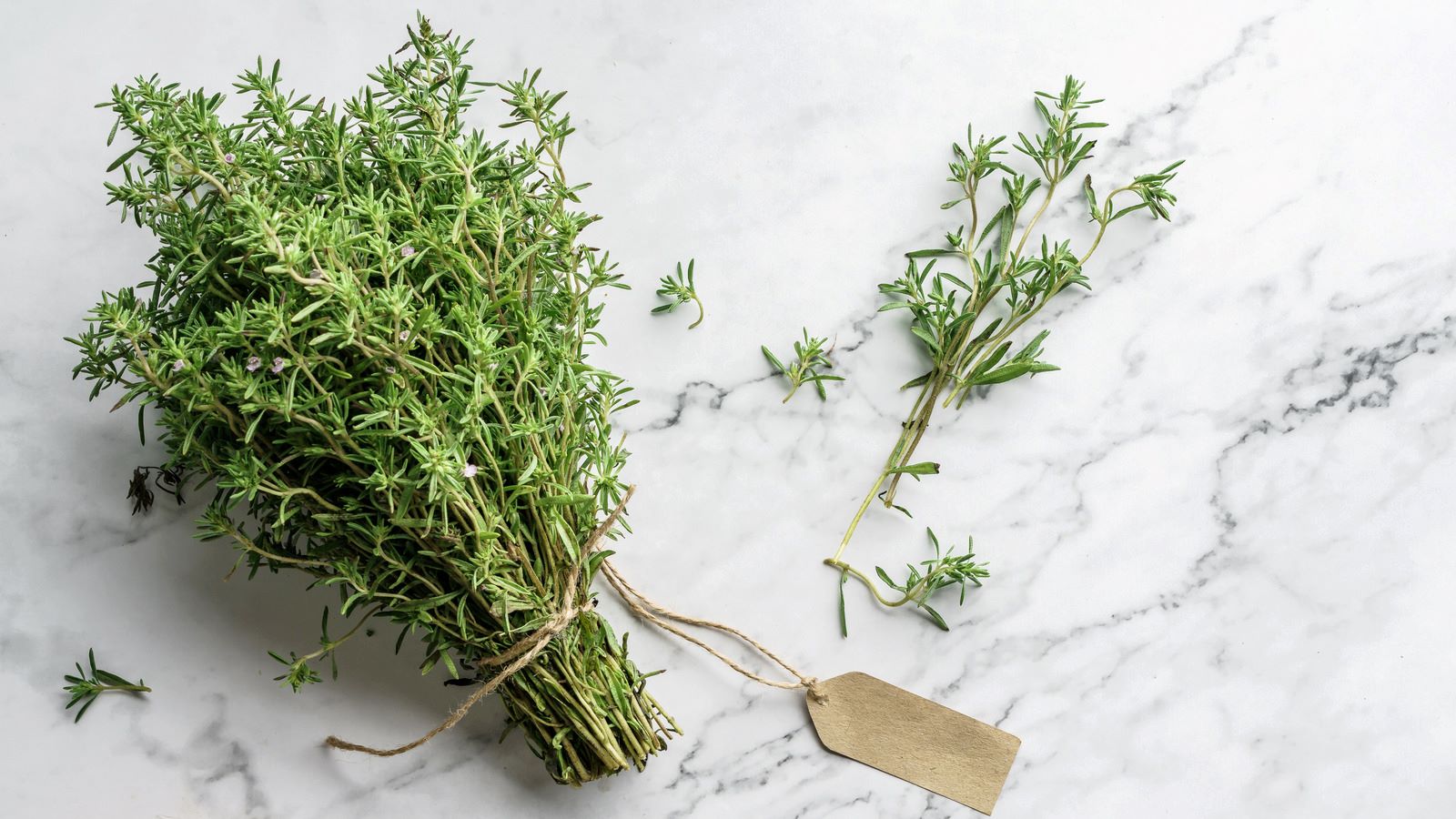
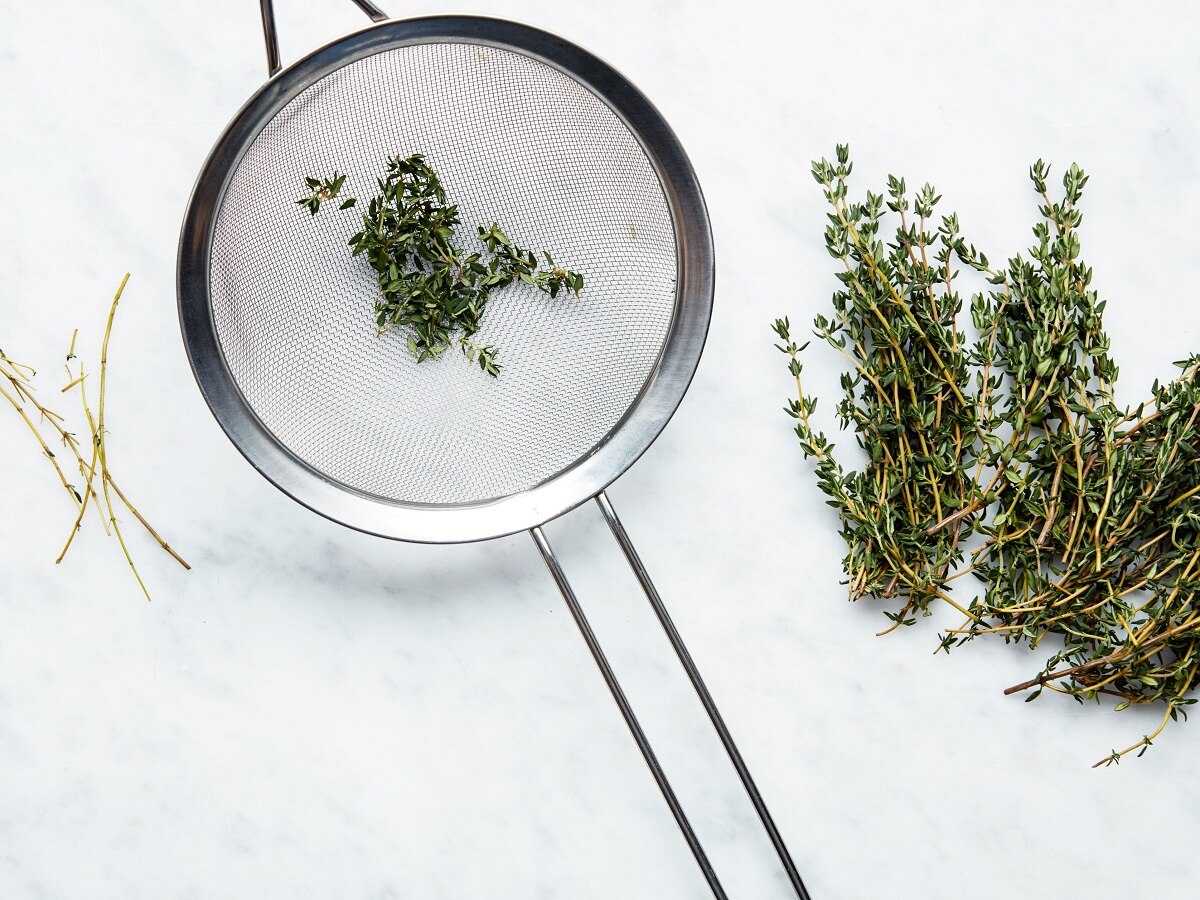
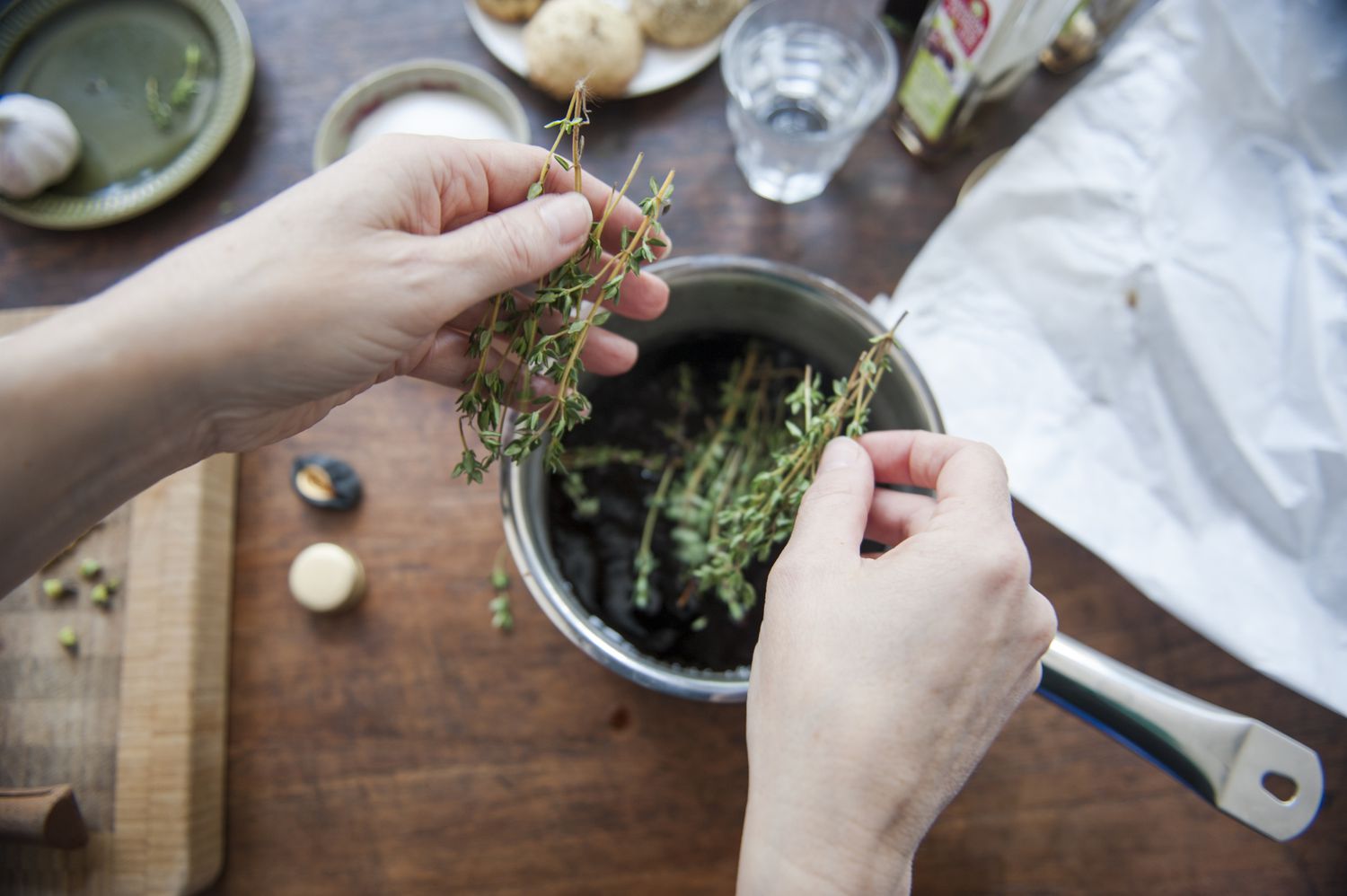
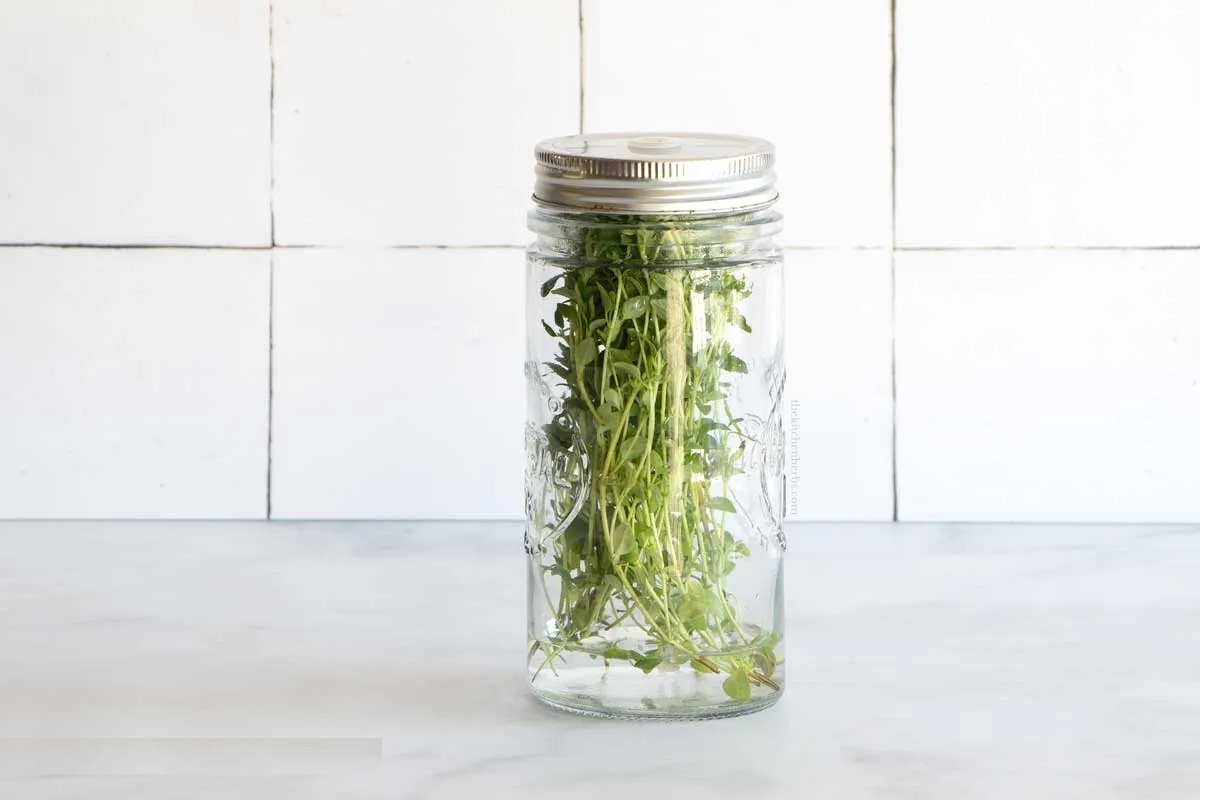

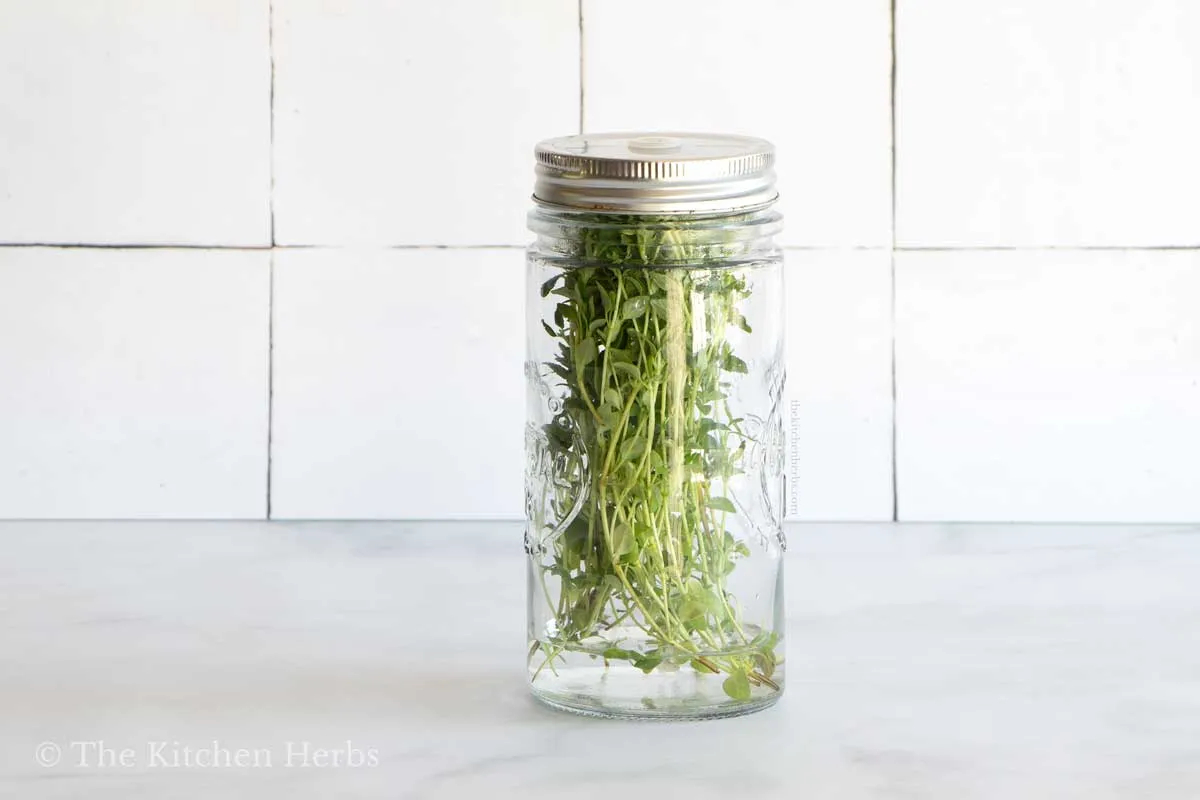
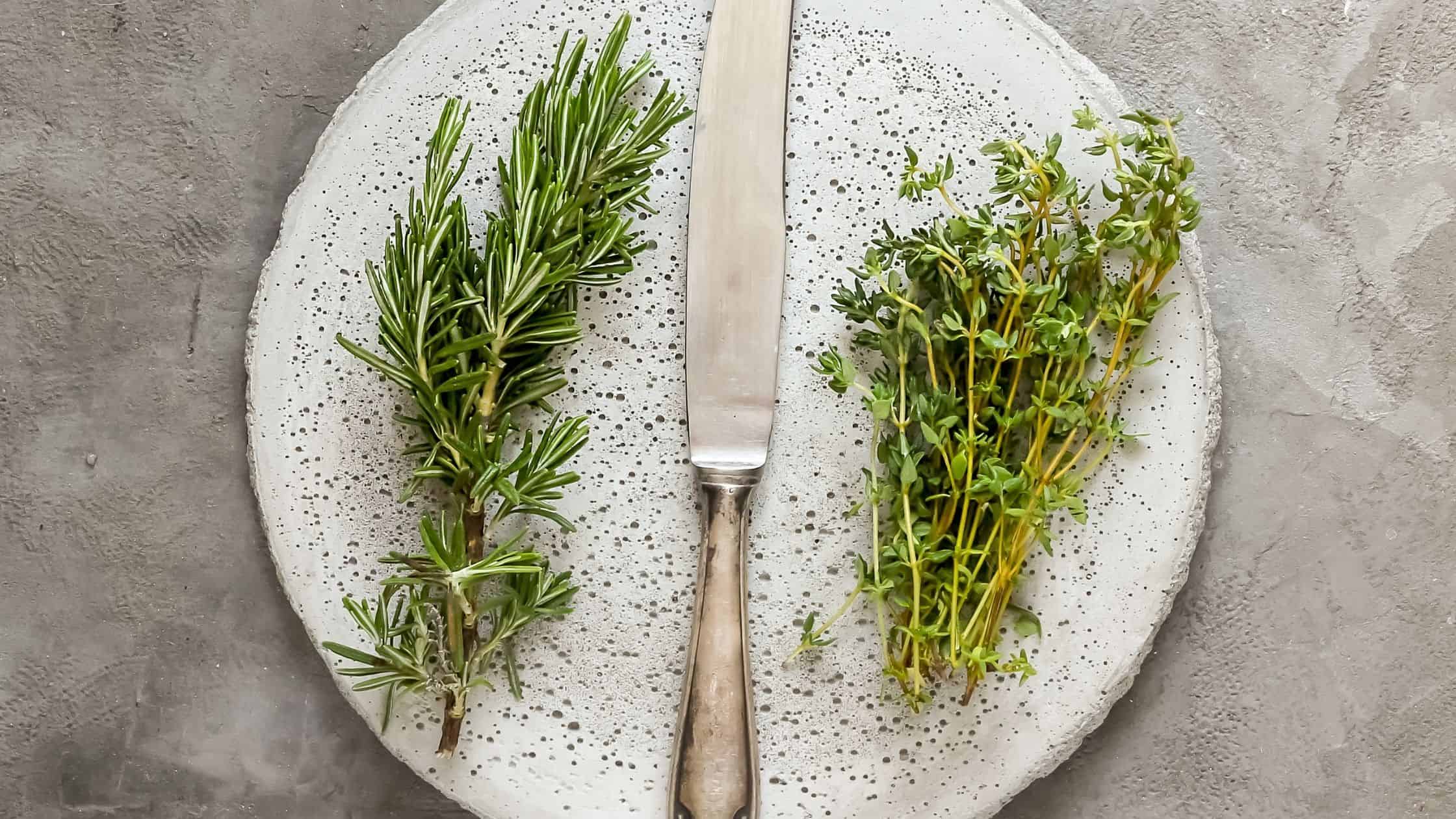
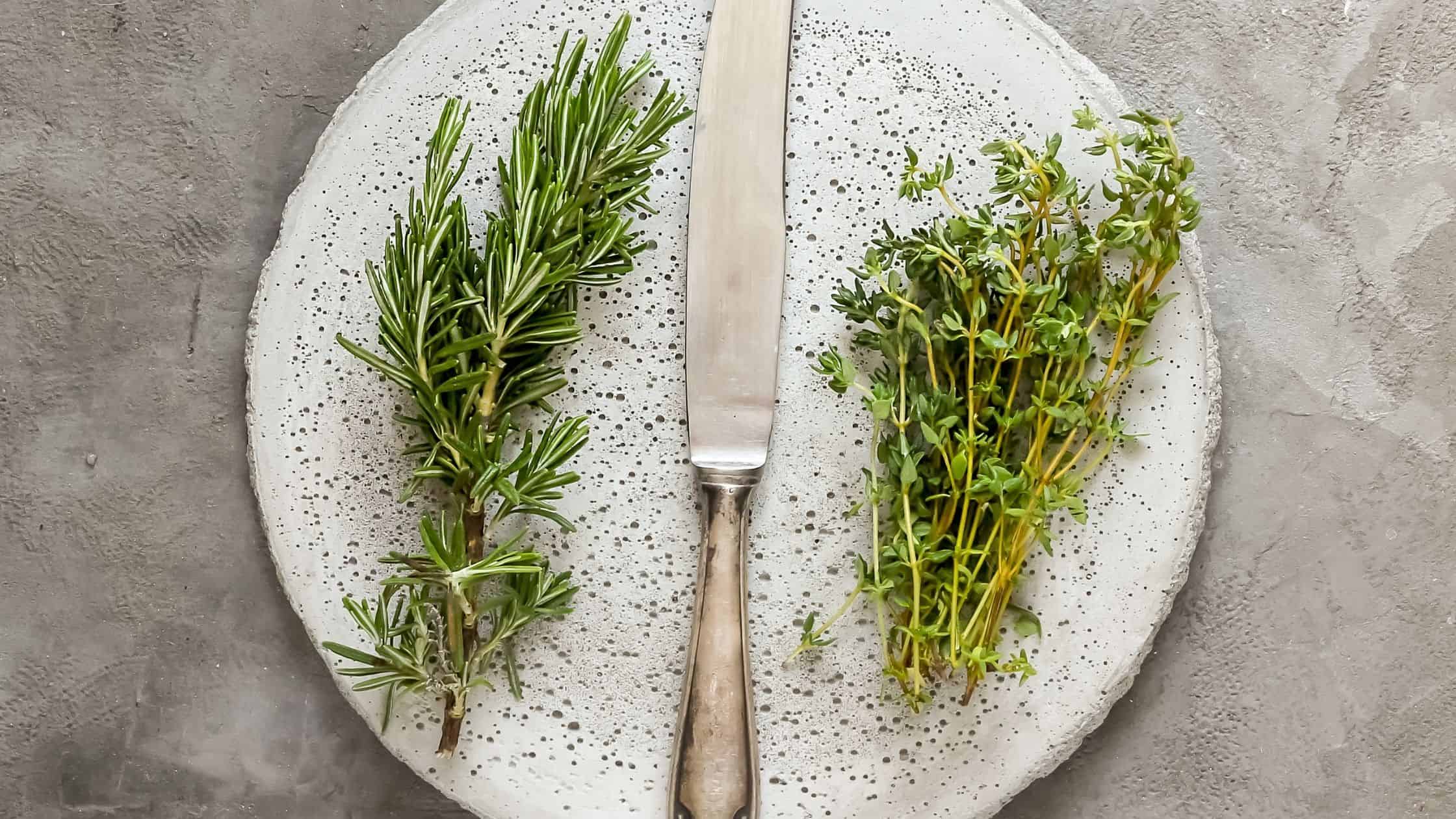
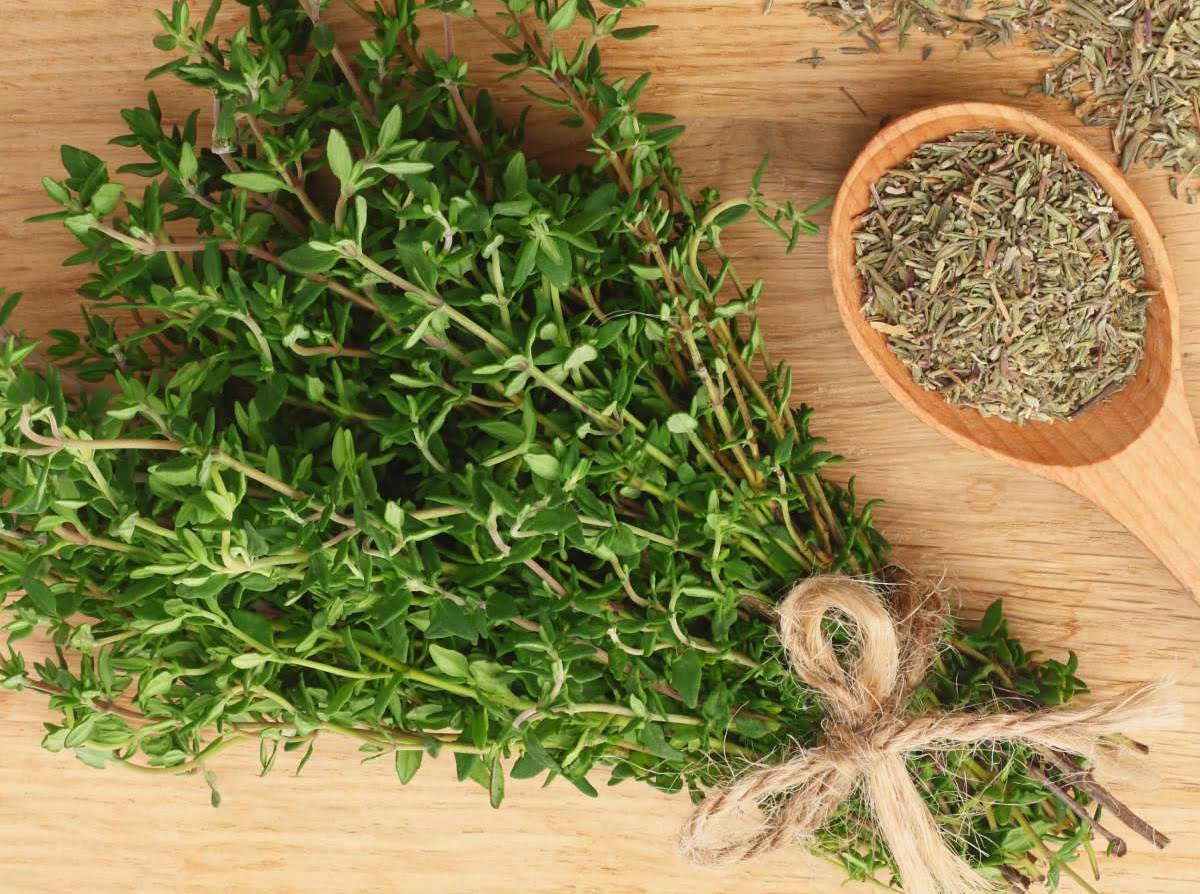
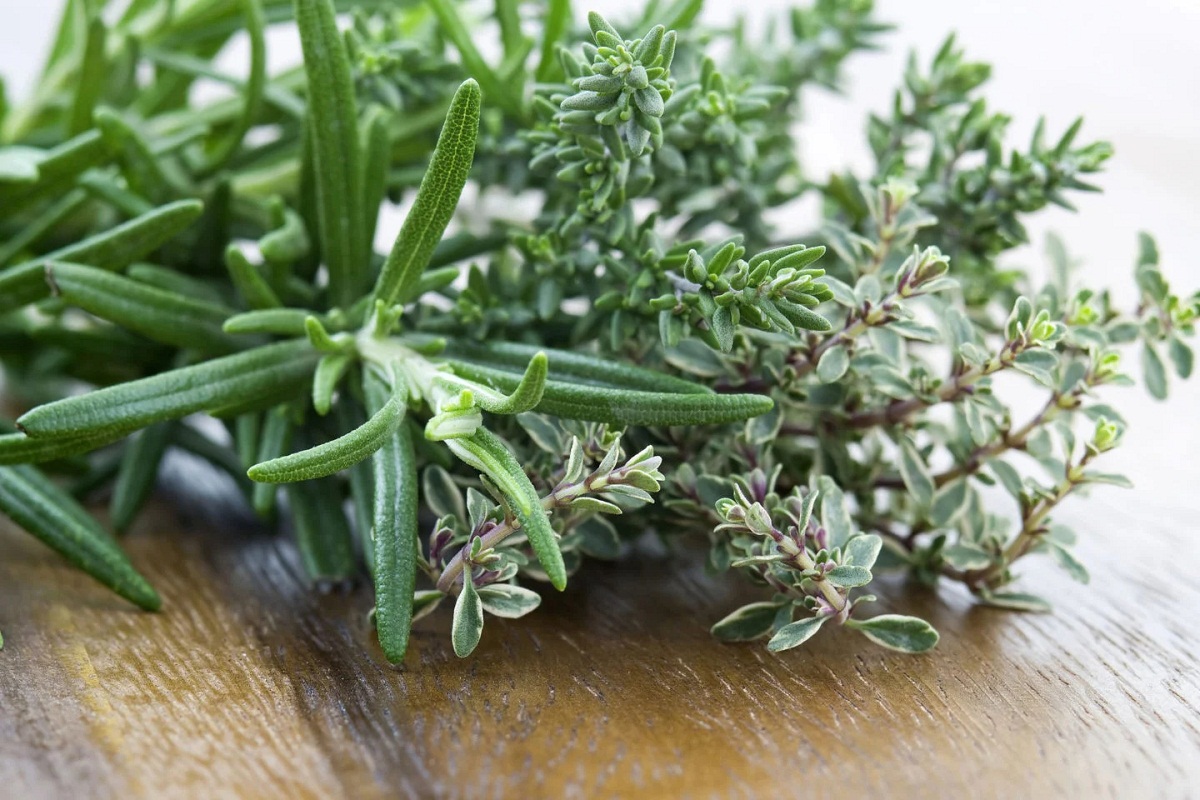
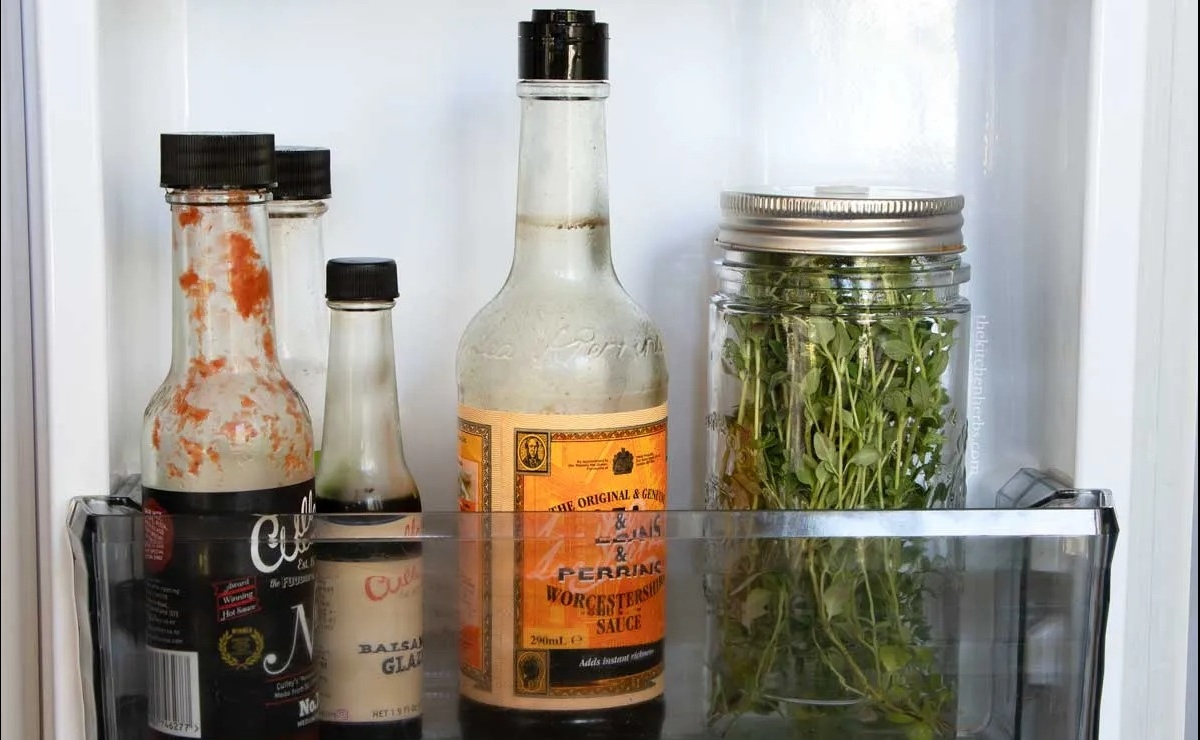
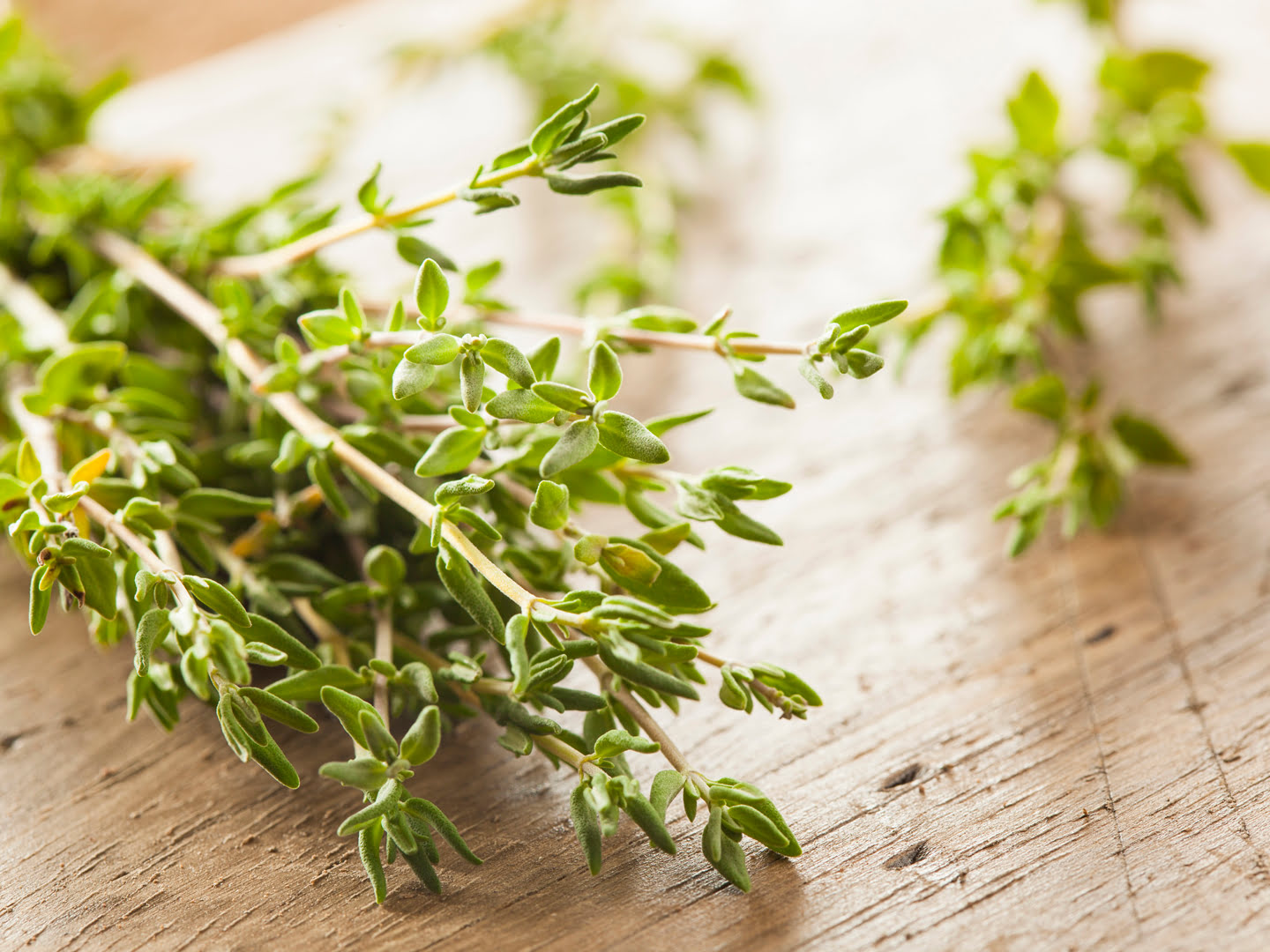
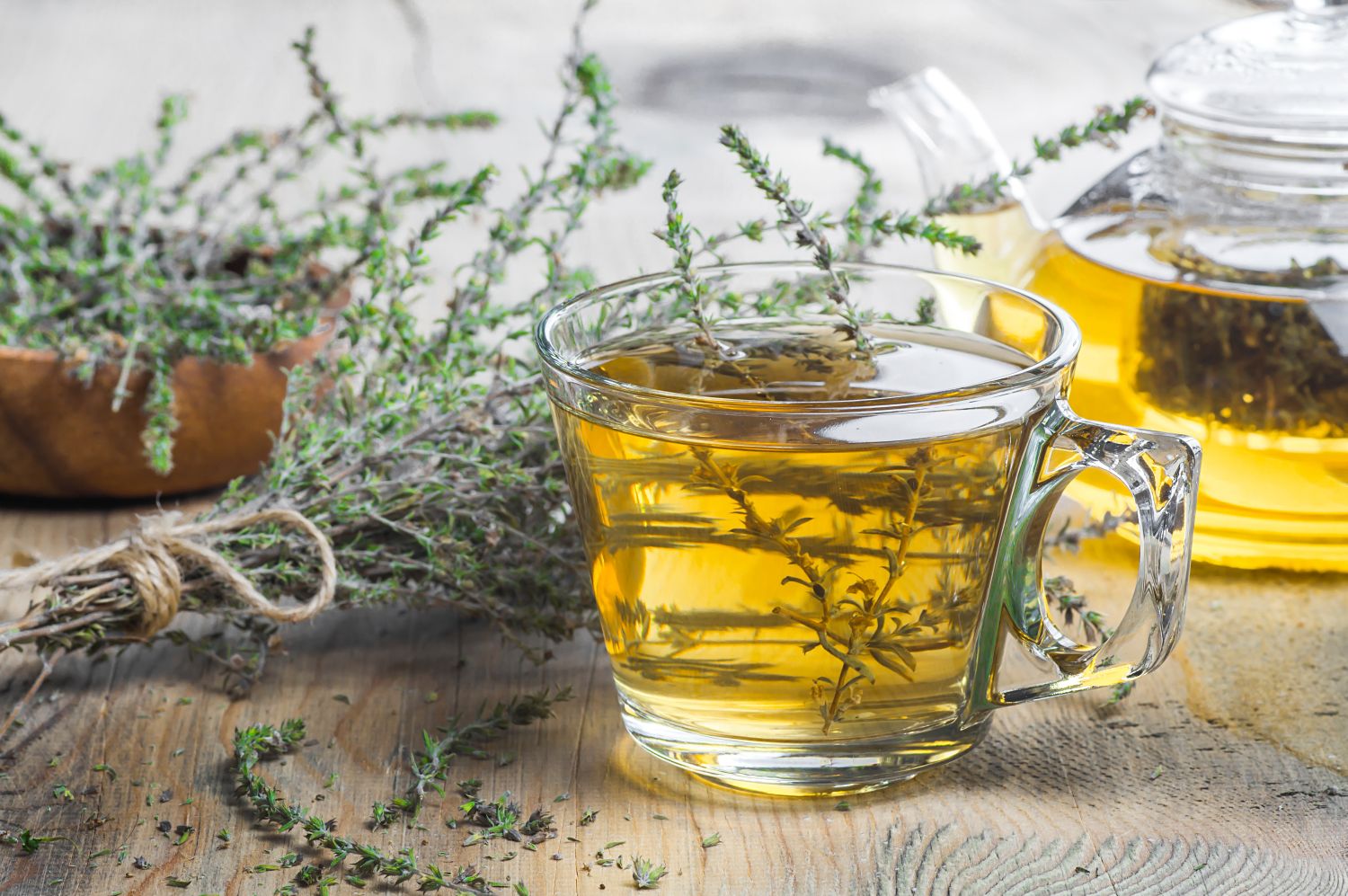
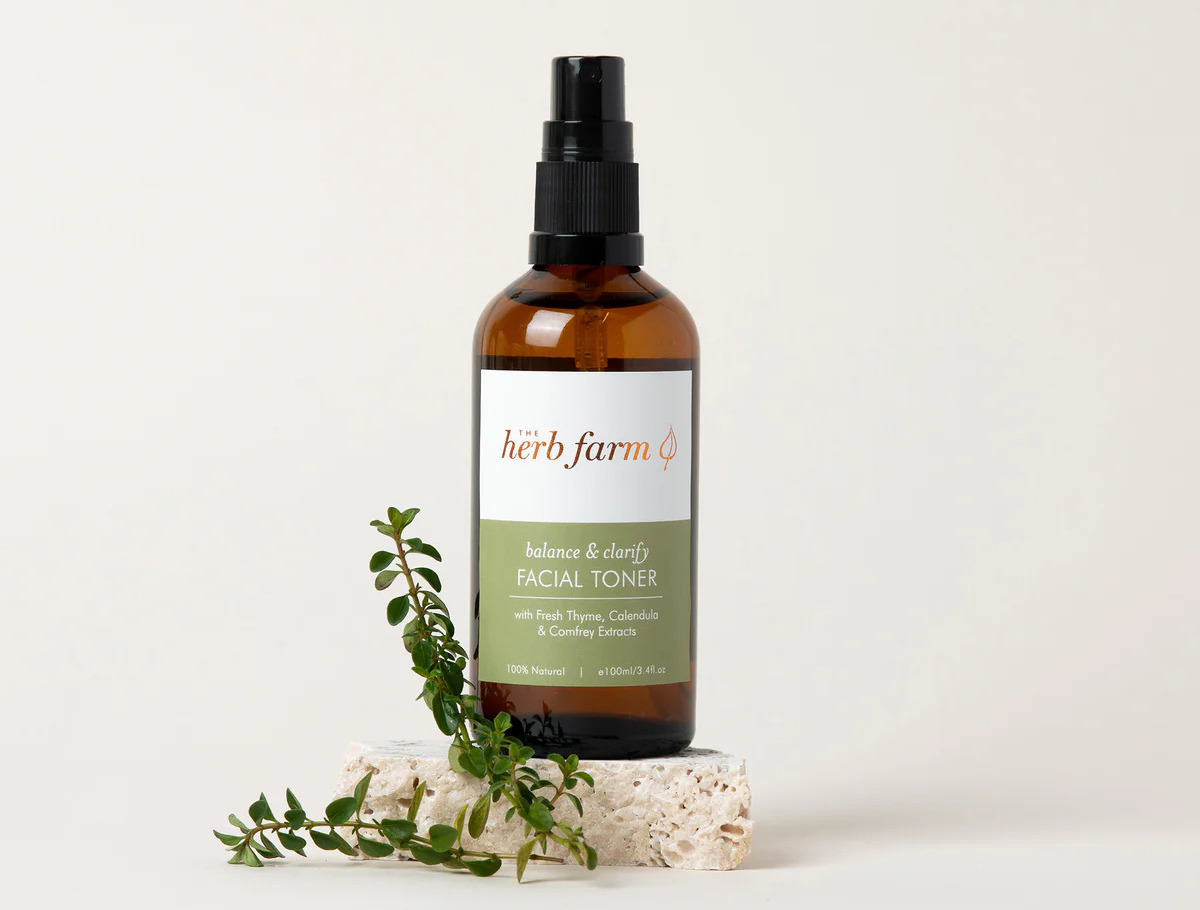

0 thoughts on “How To Use Fresh Thyme”